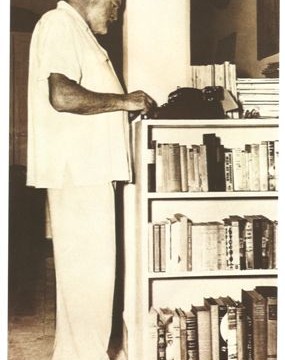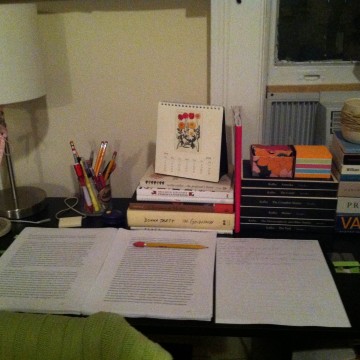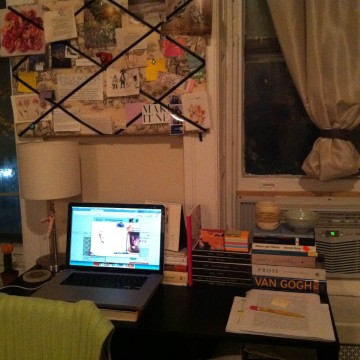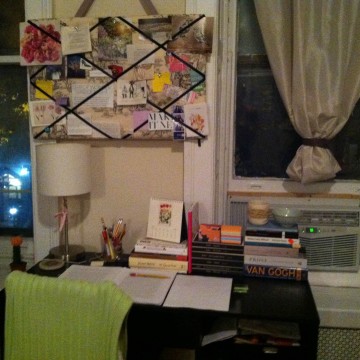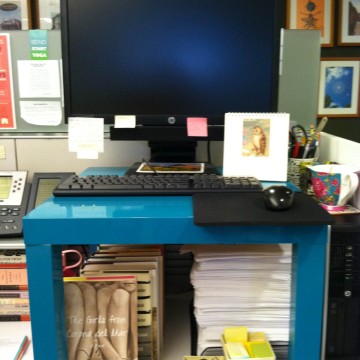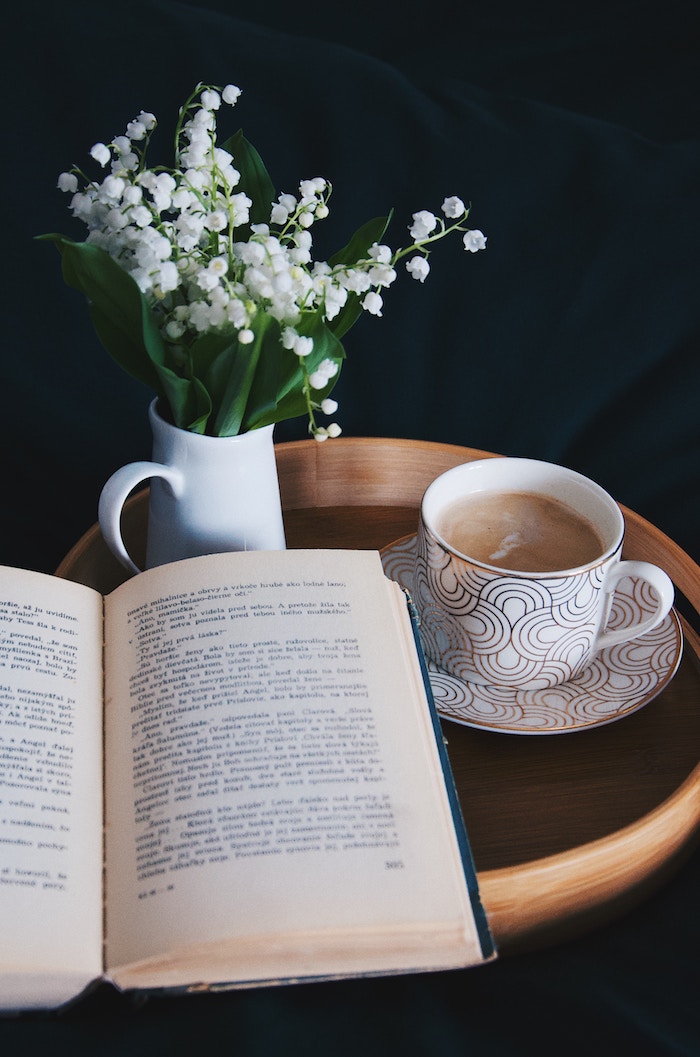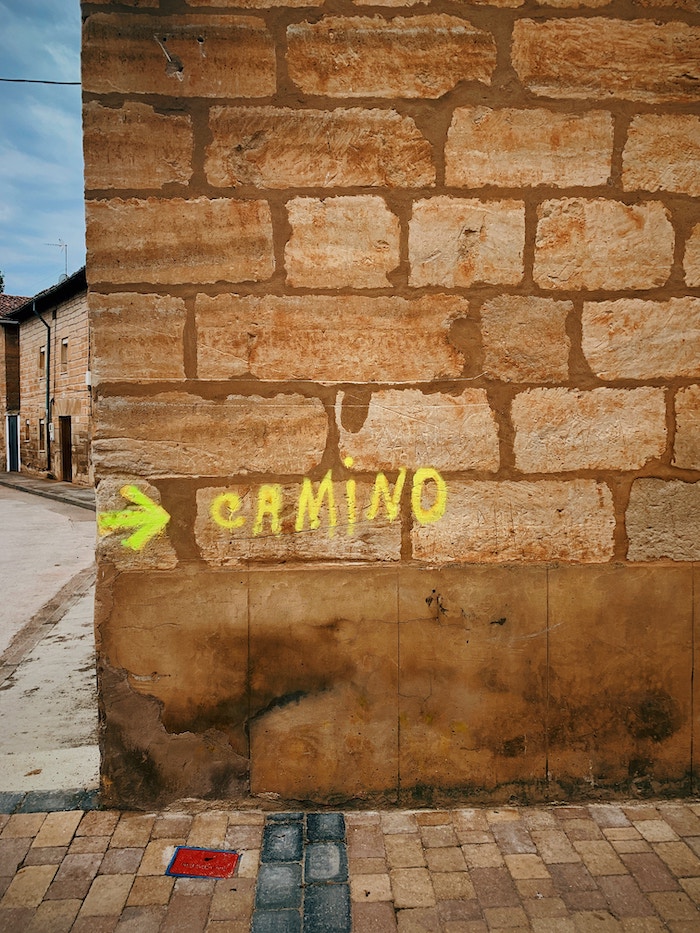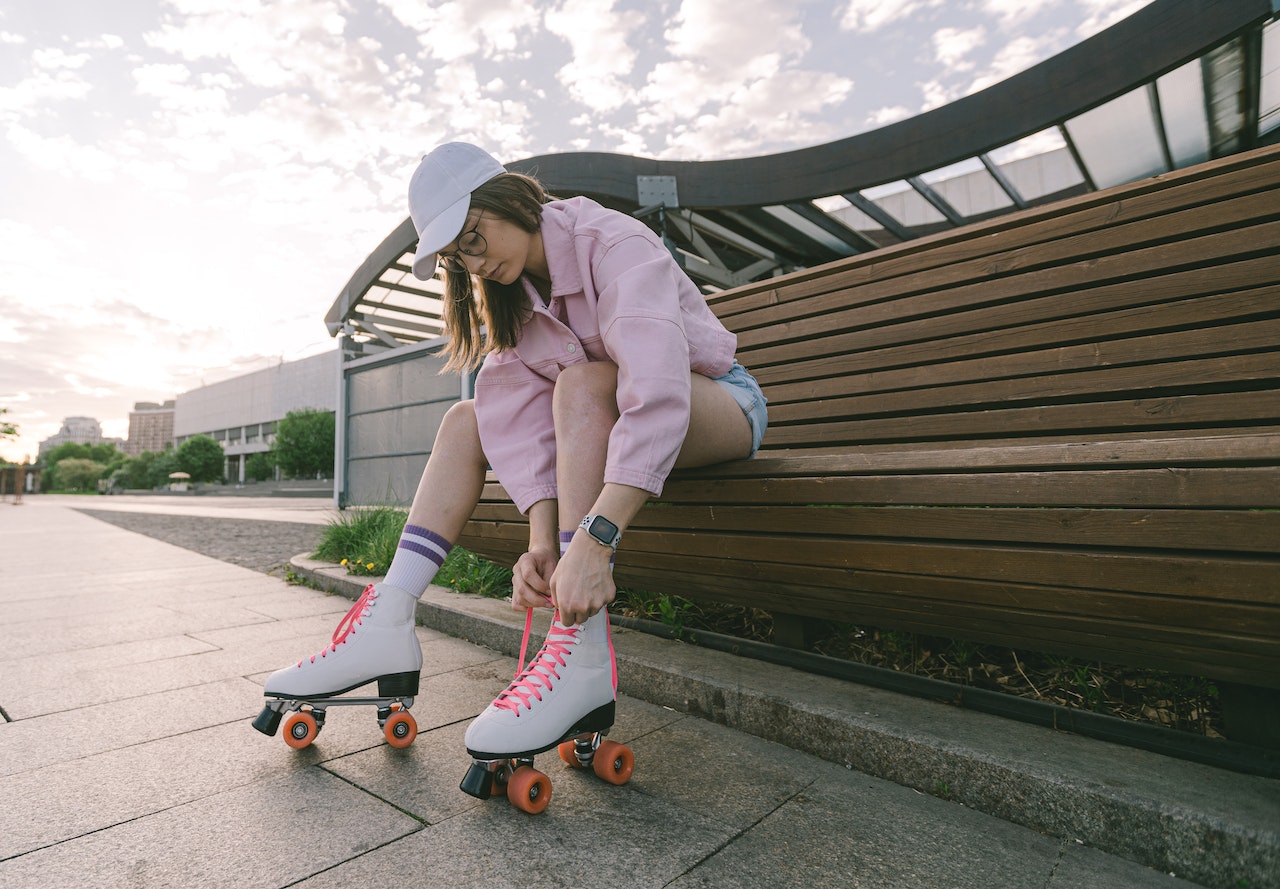By the time you are reading this, I’ll most likely be set up at my brand-new, self-assembled standing desk. Ninety percent an effort to reverse some of the damage I’ve been doing to my body by sitting most of the day hunched over a keyboard, ten perfect an effort to channel some great literary minds (see left), the decision to make my work space suitable for standing also required a fair amount of minimalist thinking. (Who better represents “less is more” than Hemingway?) And in rearranging the set-up in my office, I was inspired to clean up my act where I work at home, too. Somehow, sitting down to after-work-work at an open and streamlined desk is less onerous than amidst a heap of papers, mail, and receipts.
The office, especially the cubicle, gets a bad reputation as a black hole of disorganization and chaos. Once my high school chemistry teacher used it to teach us the concept of “entropy”–the way in which structures fall apart naturally, until work is done to get them back in order. Desks and drawers become fast and easy receptacles of things we don’t know how to deal with, or just don’t want to deal with right now. Eventually, there’s so much to deal with that the task becomes insurmountable, and it takes a great deal more work to sort through than it would have to just put something away when it first comes in.
I recently read that every piece of paper that goes into a pile–sales circular, coupon, bill, etc.–is more or less a deferred decision; one could think about what to do with it, how to make that paper go away, but instead one chooses not to decide. If you’ve ever experienced a similar situation–and I’d be shocked to hear if you hadn’t–then you might think of taking steps to minimalize your office space as a way to feel more decisive, and essentially less mentally cluttered.
Everyone works differently and requires different tools to work most efficiently, but there are some universally applicable ideas around which you can organize your office to do more with less.
– Keep surfaces clear: An open space makes it easy to transition between tasks. It also creates a certain openness in the mind when approaching the task at hand. Just be careful to not fall into the trap of out of sight, out of mind: pushing piles onto the floor or into drawers or closets (which I’ve been guilty of) doesn’t mean it’s gone or dealt with, and might even increase the chances of forgetting about something important.
– Assign and schedule: That said, piles are inevitable facts of life that can live peacefully within a minimalist office. If you designate areas for weekly incoming papers, as well as places to keep different supplies (like pens and pencils, paper clips, scissors, etc.), it will be easier to keep track of what you need to think about later. Then, actually pick a time for when “later” will be: for example, every Friday at the office I work through the set of papers that accumulated during the week and file them away when I can; at home, I try to do something similar during the weekends. Don’t beat yourself up if you break your schedule every once in a while. Make sure that the things you need most are easy to grab: if you use a lot of reference books, for example, line them up vertically so you can pull out volumes without having a stack topple over every time you need to look up something. Clear shelves and drawer organizers are other great ways to divide areas prone to black-hole-dom.
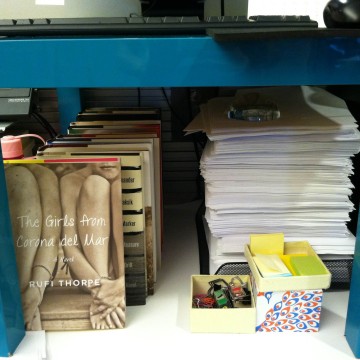
At work, I’ve divided some spare space under my computer monitor for distinct purposes: books, scrap paper, clips, and Post-Its. These things are still accessible, but I don’t need to stare at them all day long.
– Surround yourself with inspiration: Minimal doesn’t have to mean “boring.” Pick out fun office supplies like folders and notebooks that will give some color to your filing and list-making. Martha Stewart’s line at Staples and Paper Source are great places to find unique and quirky alternatives to the yellow Post-It and manila folder. You can also put everyday things you probably already own to new use at a desk (see my Moby-Dick pencil cup, which used to be a candle). At home, I’ve hung a French memo board that I adorn with my favorite poems, photos, and other clippings from magazines, etc. that make me happy; books by my favorite writers also line the back of my home desk, so when I’m feeling low on creative energy I can easily page through and find a line or two to stimulate my brain.
Like any new space, adjusting to a minimalized desk can take some adjusting to. I still find myself looking for things I’ve put away so skillfully that they’re now hidden, and my legs are certainly feeling the burn in my chair-less cubicle. And yet I know in the end that having worked a little harder to make my office space more breathable and user-friendly, I might find my own version of the iceberg theory: “If a writer of prose knows enough of what he is writing about he may omit things that he knows and the reader, if the writer is writing truly enough, will have a feeling of those things as strongly as though the writer had stated them. The dignity of movement of an ice-berg is due to only one-eighth of it being above water.”
Also by Jennifer: Minimalist Challenge Part I: What I Carry
Going Bare: Natural, Polish-free Nails
Healthy Breakfast: Nutty Sorghum and Quinoa Pudding
__
Photo: Jennifer Kurdyla

